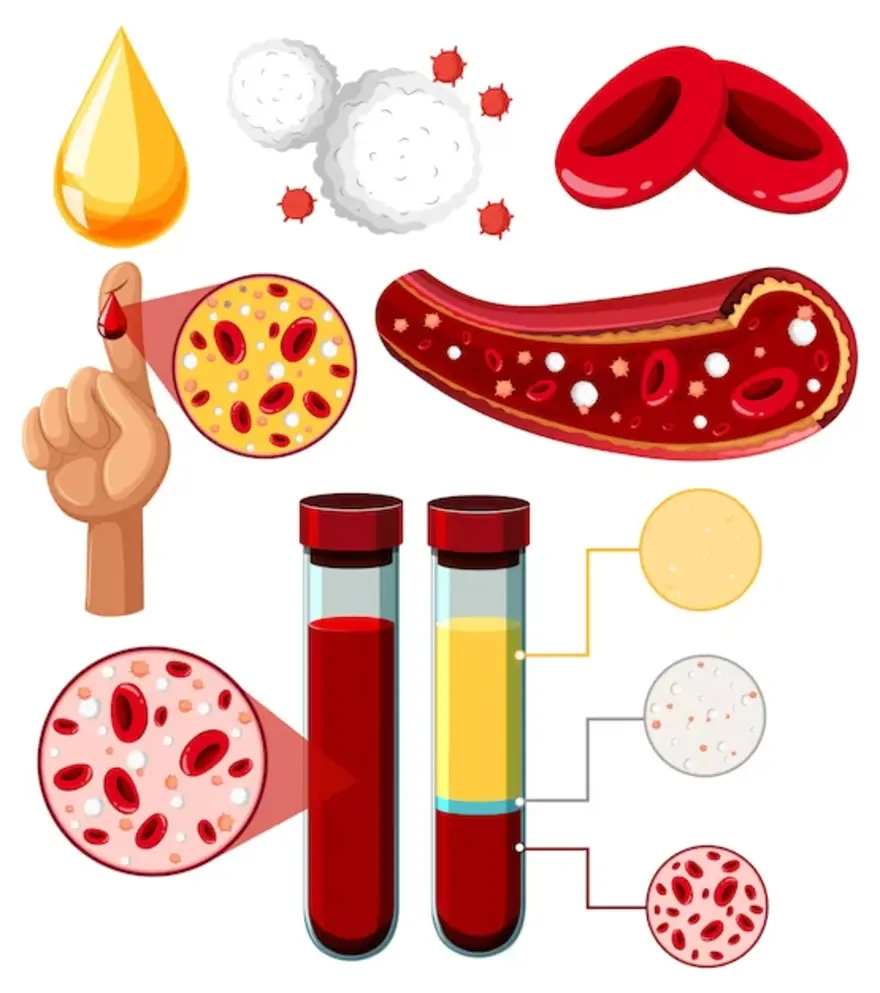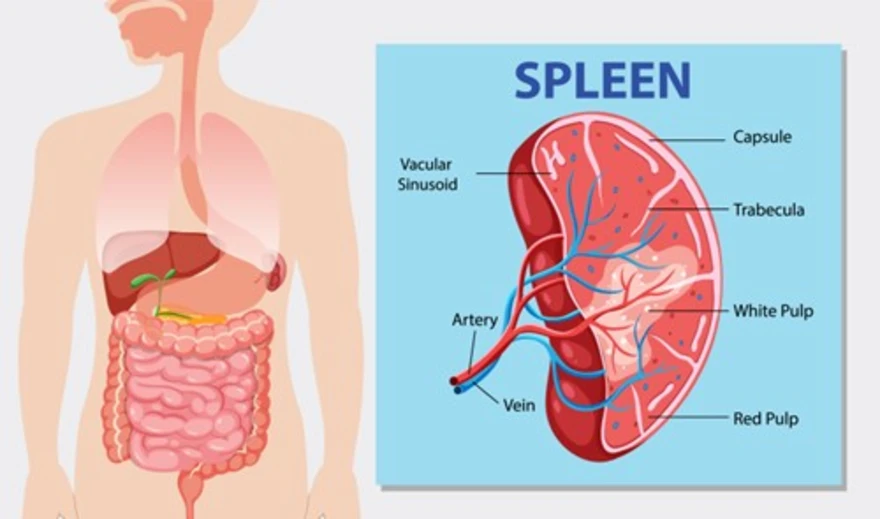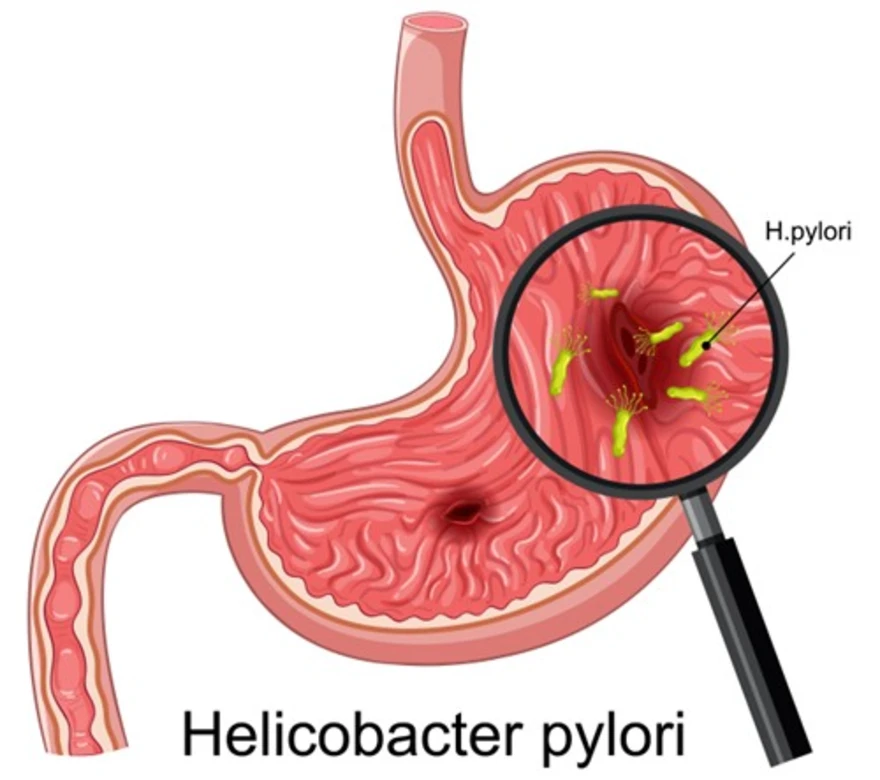Preventive Healthcare
Patent Ductus Arteriosus (PDA): Symptoms, Causes, and Effective Treatment

Table of Contents
- What is patent ductus arteriosus (PDA)?
- What does the ductus arteriosus do?
- What happens in babies with patent ductus arteriosus?
- Who does PDA affect?
- How common is PDA?
- How does PDA affect my baby?
- What causes patent ductus arteriosus?
- What are patent ductus arteriosus symptoms?
- How do healthcare providers diagnose PDA?
- What tests do providers use to diagnose patent ductus arteriosus?
- Do healthcare providers diagnose PDA in adults?
- How do healthcare providers treat PDA?
- What medications do providers use to treat PDA?
- What are other types of patent ductus arteriosus treatment?
- Are there other complications from PDA?
- Are there conditions that put my baby at higher risk for PDA?
- What can I expect if my baby has a PDA?
- Is patent ductus arteriosus curable?
- How do I take care of my baby with patent ductus arteriosus?
- When to see a doctor?
- Conclusion
What is patent ductus arteriosus (PDA)?
A congenital heart defect, Patent Ductus Arteriosus (PDA) is a lasting opening between the heart's major blood vessels. During foetal development, a ductus arteriosus naturally exists but typically closes after birth. If this persists, it becomes a patent ductus arteriosus.
What does the ductus arteriosus do?
While a minor patent ductus arteriosus may be benign, an untreated large one can lead to the improper flow of oxygen-poor blood. This misdirection poses risks, potentially weakening the heart muscle and triggering complications like heart failure.
What happens in babies with patent ductus arteriosus?
Babies with patent ductus arteriosus (PDA) have an ongoing connection between major heart vessels, causing excess blood flow away from the lungs. This condition arises when the fetal ductus arteriosus fails to close post-birth. Symptoms in each infant vary based on the opening's size and may include rapid breathing, poor weight gain, and feeding difficulties.
Who does PDA affect?
PDA predominates among premature infants and afflicts twice as many girls as boys. It's prevalent in babies with neonatal respiratory distress syndrome, genetic disorders like Down syndrome, and those whose mothers contracted rubella (German measles) during pregnancy.
How common is PDA?
Patent Ductus Arteriosus (PDA) is a common heart condition in newborns, making up 5–10% of congenital heart diseases in term infants. It is more prevalent among premature infants and is twice as common in girls compared to boys.
How does PDA affect my baby?
The impact of Patent Ductus Arteriosus (PDA) on your baby involves abnormal blood flow between the heart's major vessels. Although a small PDA may not pose immediate problems, a larger one can lead to improper circulation of oxygen-poor blood, potentially weakening the heart muscle and causing complications such as heart failure.
What causes patent ductus arteriosus?
- The causes of Patent Ductus Arteriosus (PDA) remain unknown, with notable associations:
- Premature infants may have underdeveloped muscles in the ductus arteriosus, hindering natural closure.
- Genetic abnormalities, such as Down Syndrome, are linked to PDA.
- In premature births:
- Muscular underdevelopment in the ductus arteriosus can prevent self-closure.
- Mothers with German measles during pregnancy are more likely to have babies with heart defects, including PDA.
What are patent ductus arteriosus symptoms?
Symptoms of patent ductus arteriosus vary based on the type:
- Small PDAs may be asymptomatic, except for the presence of a heart murmur.
- Larger PDAs may manifest as:
- Rapid breathing.
- Shortness of breath (dyspnea).
- Sweating during feedings.
- Fatigue or tiredness.
- Feeding and eating difficulties.
- Poor weight gain or growth.
- Fast pulse or heart rate.
How do healthcare providers diagnose PDA?
Doctors diagnose patent ductus arteriosus (PDA) through various methods. They typically begin with a physical examination, listening for characteristic heart murmurs and reports from echocardiography and chest x-ray reports. In certain cases, cardiac catheterization provides direct visualisation of the ductus arteriosus and evaluates its size and blood flow patterns.
What tests do providers use to diagnose patent ductus arteriosus?
Healthcare providers diagnose Patent Ductus Arteriosus (PDA) through a multi-step approach, including:
- Auscultation: Listening for a heart murmur using a stethoscope.
- Pulse and Blood Pressure Evaluation: Checking pulse rate and blood pressure.
- Clinical Assessment: Examining for signs of lung congestion and conducting a thorough physical examination.
- Echocardiogram: Echocardiogram helps to diagnose the problem by checking the heart's structure and blood flow.
- Additional Tests: Depending on the situation, health providers may ask you to get supplementary tests done like chest X-rays, electrocardiograms (EKG), and blood tests to get more comprehensive diagnostic information.
Do healthcare providers diagnose PDA in adults?
In adults, healthcare providers sometimes find patent ductus arteriosus (PDA). It's not common but can be discovered during regular check-ups or echocardiography tests. A distinct continuous murmur often signals the presence of PDA, heard at the upper left side of the chest.
How do healthcare providers treat PDA?
PDA is treated by the following ways:
- Monitoring: Small PDAs may be regularly observed without immediate intervention.
- Medications: Indomethacin or ibuprofen might be prescribed to help ductus arteriosus closure.
- Surgery: Larger or persistent PDAs may require surgical intervention, such as tying off the ductus arteriosus or employing other surgical techniques to close the opening.
- Catheterization: Minimally invasive procedures like catheterization may be utilised to place a device that closes the PDA.
What medications do providers use to treat PDA?
Healthcare providers may employ medications to address Patent Ductus Arteriosus (PDA), with common choices being:
- Indomethacin: A nonsteroidal anti-inflammatory drug (NSAID) that aids ductus arteriosus closure by reducing prostaglandin production.
- Ibuprofen: Another NSAID, similar to indomethacin, used to stimulate the closure of the ductus arteriosus.
- Prostaglandins may be used to maintain ductus arteriosus patency until surgical ligation is performed.
- Intravenous (IV) indomethacin or IV ibuprofen is used for treating PDA in neonates and premature infants.
What are other types of patent ductus arteriosus treatment?
- Healthy Lifestyle: Maintaining overall cardiovascular health through a healthy diet and avoiding smoking is beneficial.
- Premature Babies: NSAIDs may be administered to aid ductus closure in premature infants with PDA.
- Children and Adults: Surgery or procedures may be necessary for larger or problematic PDAs.
- Monitoring and Checkups: Regular health checkups are crucial for early detection of complications.
Are there other complications from PDA?
If left untreated, Patent Ductus Arteriosus (PDA) can result in various complications, including:
- Heart Failure
- Endocarditis
- Pulmonary Edema
- Pulmonary Hypertension
- Blood Vessel Damage
Other potential complications involve:
- Injury to Recurrent Laryngeal Nerve
- Occlusion of Descending Aorta
- Injury to Pulmonary Artery and Phrenic Nerve
- Heart Murmur
- Lung Infections (Pneumonia)
- Difficulty Feeding and Poor Growth
Are there conditions that put my baby at higher risk for PDA?
Factors that can increase the risk of Patent Ductus Arteriosus (PDA) in infants include premature birth, specific genetic conditions, a family history of congenital heart issues, foetal distress during pregnancy, maternal or foetal infections (such as rubella), and pregnancy-related risks like smoking or certain medications.
What can I expect if my baby has a PDA?
Kids with an open PDA face an increased risk of bacterial endocarditis, a heart infection. Antibiotics are necessary before dental procedures to prevent this. With prompt and suitable treatment, the outlook for infants with PDA is usually positive.
Is patent ductus arteriosus curable?
Yes, patent Ductus Arteriosus (PDA) is typically manageable through medical or surgical interventions to close the opening or address complications. Small PDAs may close on their own, especially in premature infants
How do I take care of my baby with patent ductus arteriosus?
You can take care of your baby by taking the following steps;
- Medical Monitoring
- Follow Treatment Plan
- Antibiotic Prophylaxis
- Healthy Lifestyle
- Regular Follow-ups
- Symptom Observation
When to see a doctor?
If your child experiences a fever, chills, cough, or congestion sounds, or if you notice redness, swelling, or pus draining from the incision, it's essential to contact your doctor promptly.
Conclusion
In conclusion, Patent Ductus Arteriosus (PDA) is a manageable condition with various treatment options available, including medical intervention and surgical procedures. Timely diagnosis, regular monitoring, and adherence to prescribed treatments contribute to positive outcomes.
Visit us at Metropolis Labs and get yourself tested to get accurate test results and reliable health check-up services. You can also book a test from home, where the experts will collect the sample by coming to your home, without stepping out of your home.


























